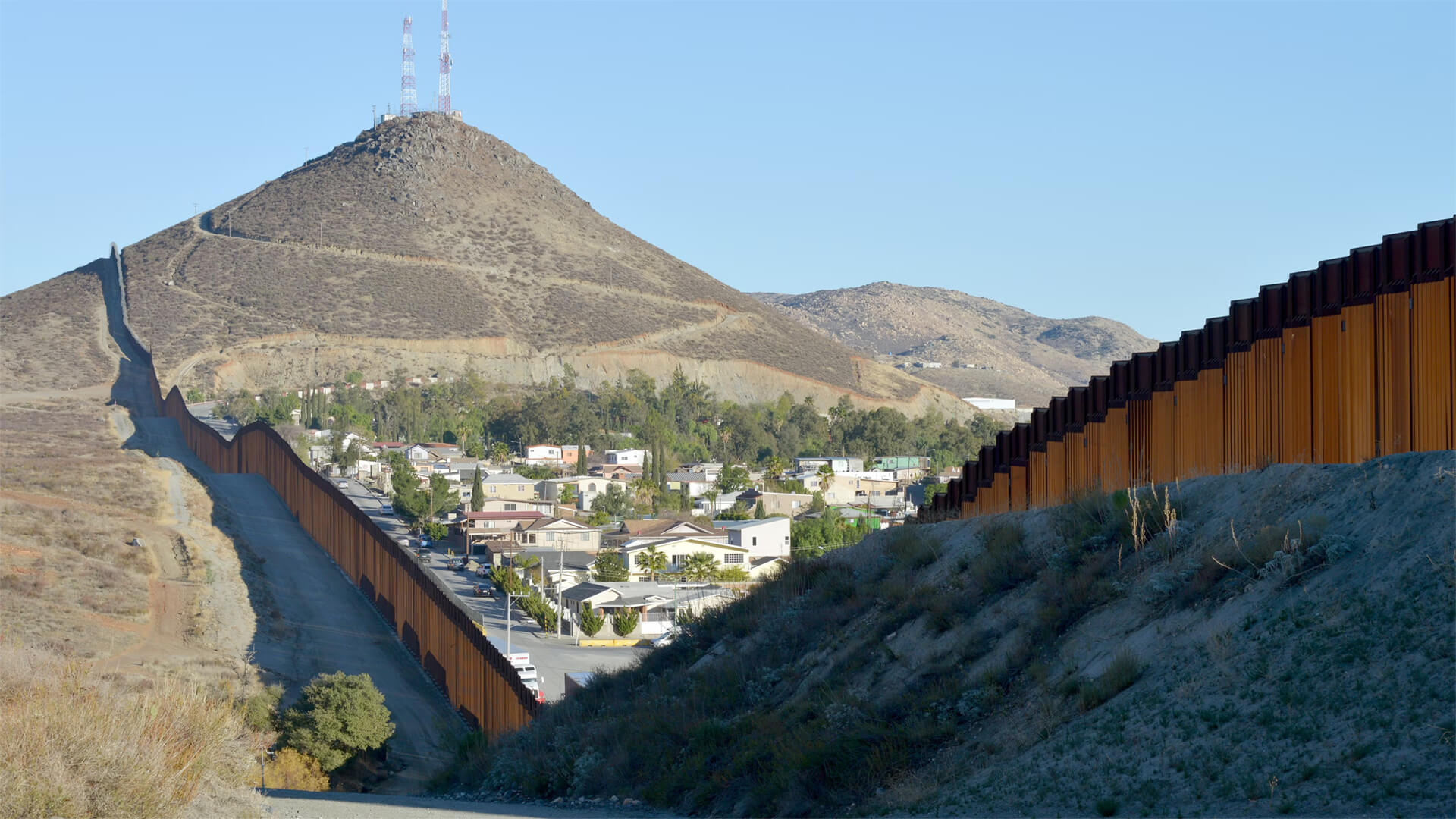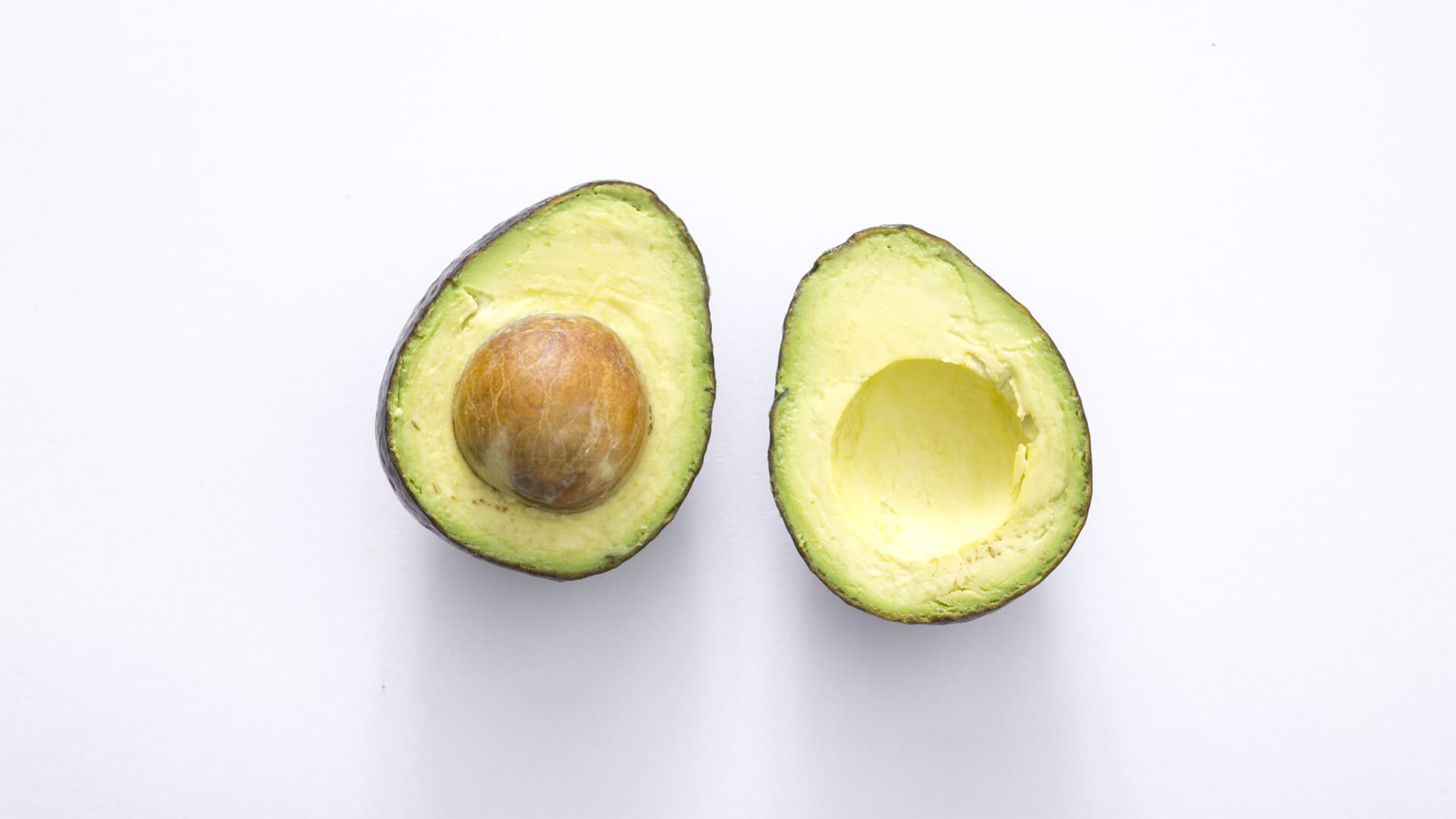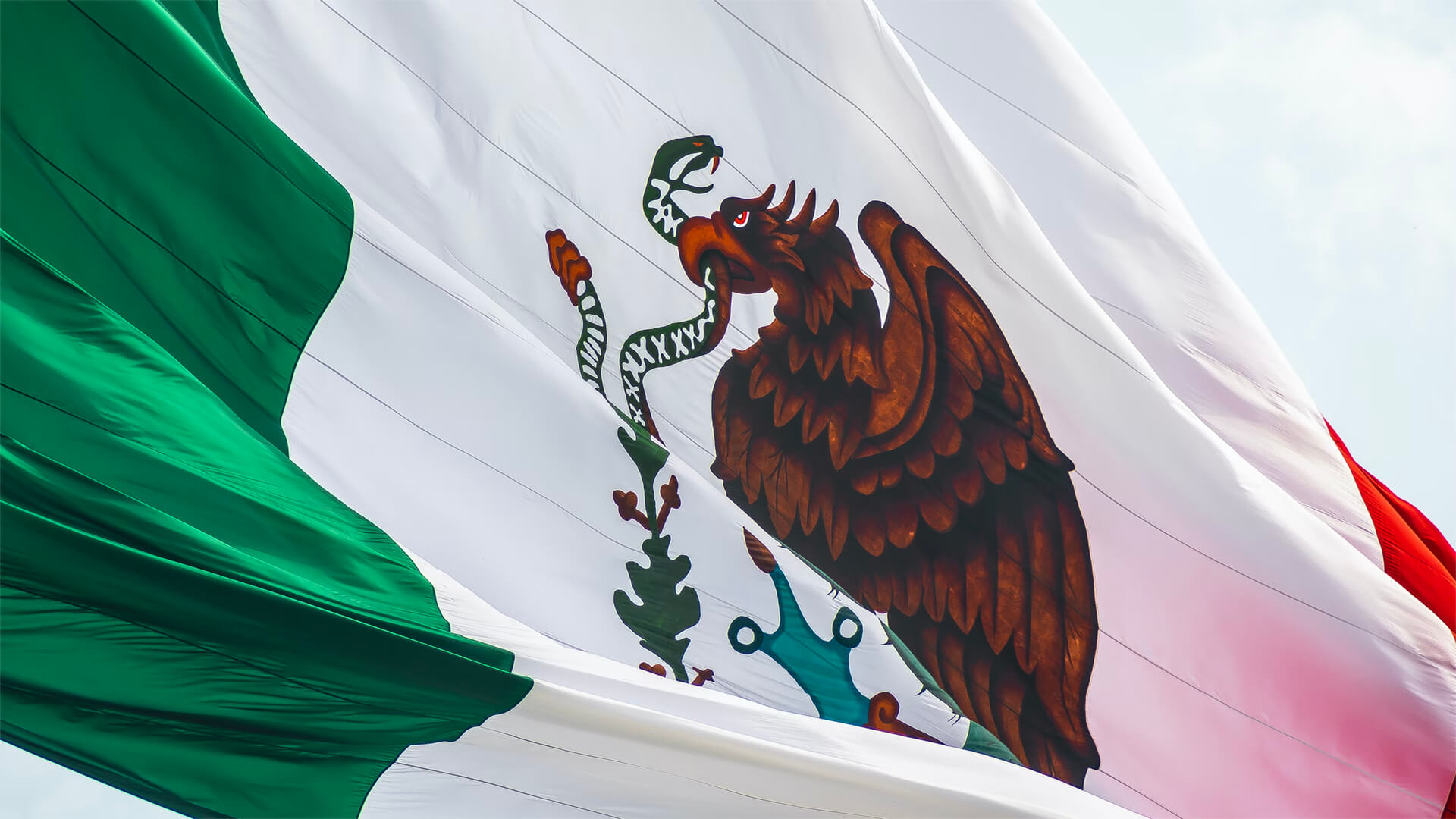Hey, everybody. Peter Zeihan here, coming to you from smoky Colorado. We’re definitely in the depths of fire season here; in fact, there’s a forest fire about five miles that way. No stress. Anyway, I’ve been gone backpacking for a couple of weeks, and I’m about to disappear again, so I figured I’d take this opportunity to update you on what has gone down while I’ve been out.
I’m sure lots and lots and lots of you have a long, long list of things you want me to update you on, but there’s really only one thing that I saw that happened that really requires giving you guys the lowdown. That happened in Texas and Mexico last week when a guy by the name of Ismael Zambada, also known as El Mayo, the titular head of the Sinaloa drug trafficking coalition in Mexico, got on a plane, flew to Texas under false pretenses, and was promptly arrested.
Quick background: the Sinaloa cartel is not simply the most powerful drug trafficking organization in Mexico; it’s the most powerful one here in the United States. In fact, it’s the largest organized crime group in the world. The reason it got into that position is because of its previous leader, a guy by the name of El Chapo Guzmán.
El Chapo ran the cartel like an American or Korean conglomerate. The idea was that they were all on the same side—don’t shoot at each other, don’t engage in petty larceny, things that would anger the population. Instead, they branched out into affiliated industries on the side—not just cocaine, but also marijuana, heroin, maybe a little bit of light kidnapping and human trafficking, and even local government, transport, agriculture, and tourism. Anything you could launder money with. He ran it as an institution, which kept the violence rate within his organization relatively low and minimized clashes with local governments. This allowed him to take the Sinaloa cartel to dizzying heights.
The United States named him public enemy number one, and eventually, in a series of operations, we got him. Then he escaped, and we got him again. Now he’s serving a life sentence in some dark hole in the United States. His successor is El Mayo, recently arrested. El Mayo is best known as El Chapo’s accountant. He knows where all the bodies are buried, how the institutions run, who the key players are, where the money flows, and how it’s laundered. So, big win. It’s also noteworthy how he was captured—not a DEA or FBI operation, but a setup by one of the other leaders of the Sinaloa cartel, one of El Chapo’s four sons, who tricked him into getting on the plane to the U.S. under the pretense of looking at an investment property.
El Mayo turned himself in immediately and is basically going through a plea bargain, leaving him with nowhere to turn because the evidence against him is overwhelming, and now there’s another insider involved.
The question is, what kind of operational impact will this have on the Sinaloa cartel? The cartel fractured into several dozen pieces after El Chapo’s fall, with El Mayo controlling the largest chunk. The second, third, fourth, and fifth largest chunks are controlled by those close to him, one of whom just turned him in. We already have another key player in custody in the United States, so two of the four are down, and three of the five kingpins are down.
In the short term, this means a lot of bloodshed in Mexico as these factions, without their leader, splinter and other factions try to grab pieces. Local crime groups in these areas will also try to seize opportunities. Mexico is already coming out of a three-year period that’s the most violent in the country’s history, and this situation isn’t likely to improve that.
However, now that the U.S. has some idea of where the money is flowing and the routes used, we can start dismantling the Sinaloa apparatus within the United States. Don’t expect this to have a huge or immediate impact on the flow of narcotics into the U.S. That is driven by two things: one, Americans really like their cocaine, and two, because cocaine is very expensive per unit of weight in bulk, it’s easy to smuggle. There will always be groups in Mexico and the U.S. willing to push that stuff through, but it just won’t be at the institutional level of the Sinaloa cartel.
If you wanted to make a bigger impact, the target would have been a guy named El Mencho, leader of the counter-group to Sinaloa in Mexico, known as the Jalisco New Generation Cartel. Unlike El Chapo or El Mayo, El Mencho runs his organization as a one-man show and a crime boss, ruling by fear and violence, which is the point of his operation. He just happens to make money on the side selling drugs. Removing him would likely lead to a significant impact on the cocaine flow in the midterm, but it wouldn’t end it. As long as Americans want their coke, this will continue.
But I don’t want to take away from the victory here. The bookkeeper has been brought in, and that will absolutely have significant impacts.
Now, about that other topic you want me to talk about, Biden’s withdrawal from the race. It really doesn’t change things. I made the call two years ago on how this election is going to go, and I don’t see any reason to adjust that now. I made some minor adjustments a few weeks ago during the presidential debate, which showcased the mental incompetence of both candidates. But I would just add one thing: a lot of Americans, roughly 20 to 25% of voters and the vast majority of America’s true independents, have been saying for months that they want someone else to choose from. They don’t want to choose between two people they’ve had to choose from before. Independents are fickle voters; they hate voting for the same person a second time. Well, with Biden out and Harris in, they no longer have to. So what was likely to be a lopsided contest in favor of the Democrats already is now likely to be a rout for the Republicans, unless Vice President Harris absolutely messes things up in some way in the next few months. And that doesn’t seem to be her style.
Okay, that’s all I’ve got. Take care.










